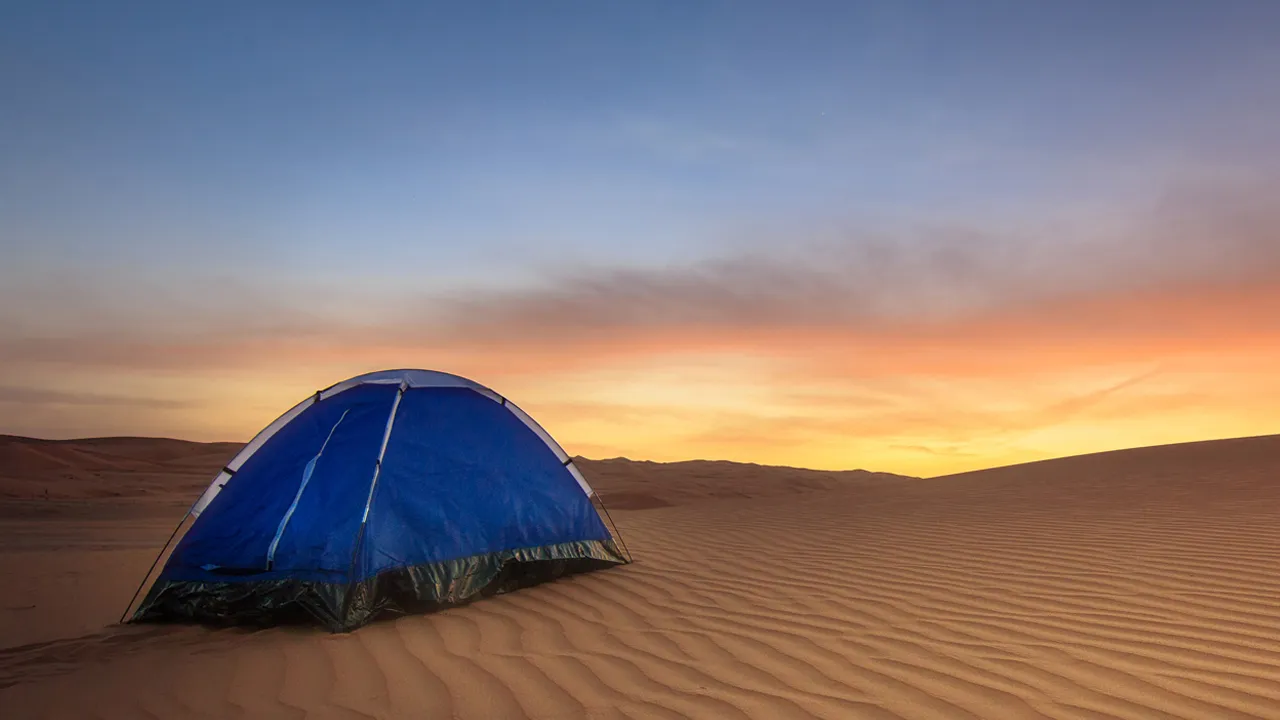14 Jun 2024

Embark on your outdoor adventures fully equipped with the ultimate camping tent essentials. Whether you're exploring the wilderness or enjoying a weekend getaway, having the right tent is essential for a comfortable and memorable experience. In this comprehensive guide, we'll cover everything you need to know about tents, from selecting the perfect one to setting it up in various outdoor environments. With a wide range of options available from reputable suppliers and manufacturers in UAE, you can find high-quality tents tailored to your needs. Get ready to elevate your camping experience with the best tents on the market. • Features: Dome-shaped structure with arched poles, providing stability and headroom. Easy to set up with simple pole systems. • Suitability: Ideal for general camping, backpacking, and festivals. Offers good weather resistance and ventilation. • Features: Vertical walls and a spacious interior, offering ample headroom and living space. Often equipped with multiple rooms or dividers. • Suitability: Great for family camping trips and car camping. Provides comfort and privacy with room for large groups. • Features: Long and narrow design with curved poles, maximizing internal space and stability. Usually lightweight and easy to pitch. • Suitability: Suitable for backpacking and hiking adventures. Offers excellent wind resistance and interior roominess. • Features: Multiple intersecting poles creating a strong and stable structure. Designed to withstand harsh weather conditions, including high winds and heavy snow. • Suitability: Ideal for mountaineering and expeditions. Provides superior stability and durability in extreme environments. • Features: Instant setup with built-in poles that spring into shape when released. Compact and lightweight for easy transportation. • Suitability: Perfect for quick camping trips, festivals, or spontaneous outdoor adventures. Offers hassle-free pitching and packing. • Features: Lightweight and compact design, making them easy to carry on long hikes or treks. Typically feature a single-wall construction to minimize weight. • Suitability: Designed for backpackers and wilderness enthusiasts. Offers portability and durability for extended trips into remote areas. Selecting a Suitable Site:Types of Camping Tents:
Dome Tents:
Cabin Tents:
Tunnel Tents:
Geodesic Tents:
Pop-Up Tents:
Backpacking Tents:
Best Practices For Setting Up, Maintaining, And Packing Camping Tents
Setting Up Camping Tents:
Assembling the Tent:
Securing the Tent:
Regular Cleaning:
Storage:
Dismantling the Tent:
Organizing Accessories:
Compression and Storage:
In conclusion, proper setup, maintenance, and packing of camping tents are essential for a successful outdoor experience. By selecting suitable sites, assembling tents correctly, and securing them against the elements, campers can ensure safety and comfort during their trips. Regular cleaning and storage in dry, cool areas help prolong the lifespan of tents, while organized packing ensures easy transport and setup. By following these best practices, outdoor enthusiasts can enjoy their camping adventures to the fullest while protecting their camping equipment for future use. Know more aboutt tents in our previous blog "Essential Factors to Consider When Choosing the Perfect Tent".